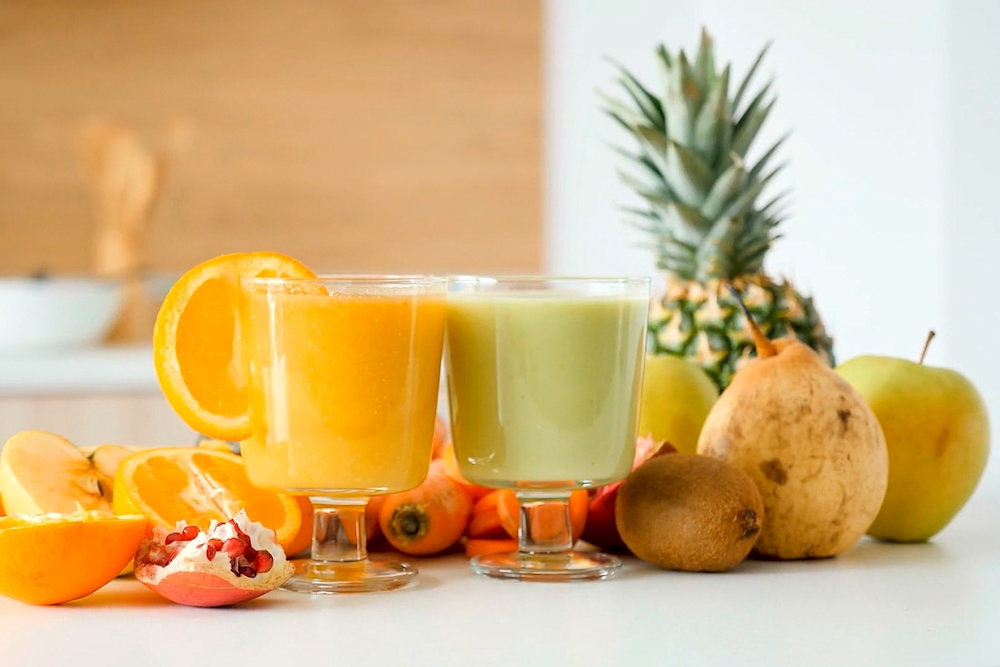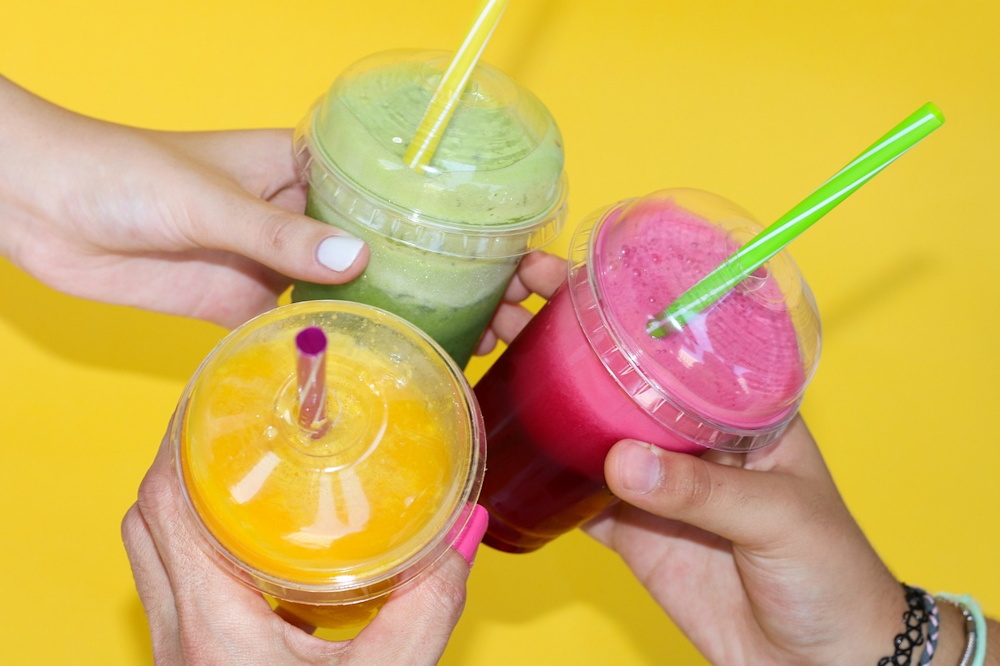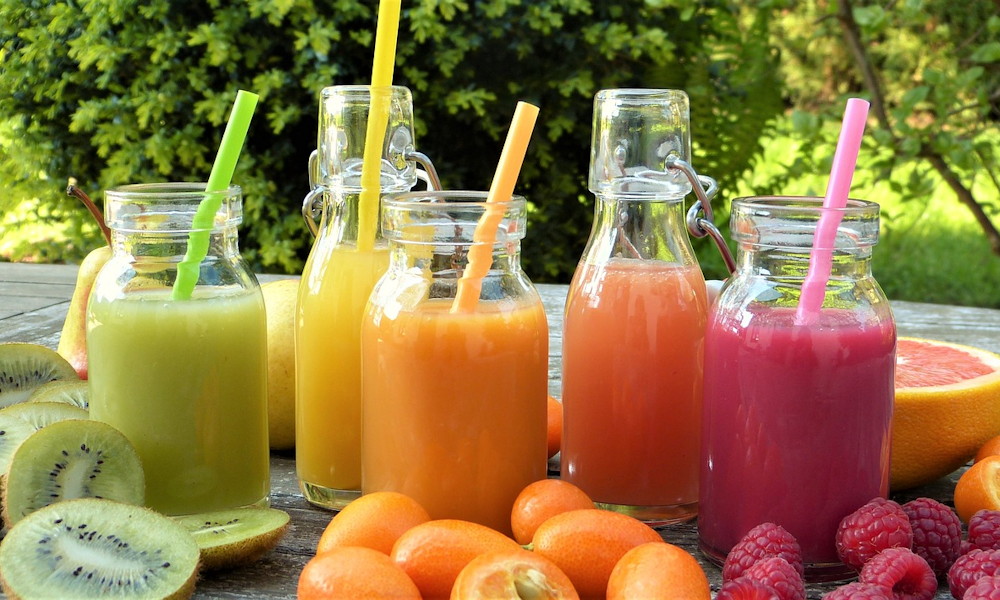Smoothies, blended beverages made primarily from fresh fruits or vegetables and often mixed with juice, milk, yogurt, or other ingredients for added flavor and nutrition, have skyrocketed in popularity alongside the rise of fitness culture. Once a niche health drink, they are now celebrated globally for their nutritional benefits and versatility. Praised for being one of the healthiest drink options available, smoothies offer a delicious and convenient way to boost daily fruit and vegetable intake.
A Sip of History: How Smoothies Came to Be
The creation of the smoothie is credited to Stephen Kuhnau in 1960s America. While working at a restaurant serving milkshakes, Kuhnau, who suffered from allergies and lactose intolerance, couldn’t consume these traditional shakes. To meet his own dietary needs, he invented a dairy-free fruit drink, which he named the “Smoothie.” This innovation led to the establishment of the Smoothie King franchise, which popularized the drink widely.

Crafting the Perfect Blend: How to Make a Smoothie
A typical smoothie is a thick blend made from pureed fruits like bananas, fibrous orange juice, and sometimes strawberry juice, prepared fresh in front of the consumer. The drink is usually poured over ice cubes and enjoyed with a straw from a sealed cup, making it convenient for takeaway. Unlike juices, smoothies incorporate the entire fruit or vegetable (except the skin, seeds, and stems), making them a true health cocktail.
In recent years, vegetables have become increasingly popular ingredients in smoothies due to their health benefits and the ability to add a nutritious boost. Spinach is a top choice because of its mild flavor and rich nutrient profile. Kale, another favorite, is packed with vitamins and antioxidants. Carrots add a natural sweetness along with beta-carotene, while cucumber provides a refreshing, hydrating element.

Pairing Perfection: Enjoying Your Smoothie
The term “smoothie” (sometimes spelled “smoothee”) refers to the perfectly smooth texture of the blended drink, which remains creamy even without dairy products. Smoothie vendors often offer healthy sandwiches as well, catering to busy urban professionals looking for a nutritious, light meal or snack during their lunch breaks. This trend has spread across Europe, from London to Berlin, and continues to gain popularity.

Mix and Match: Ingredients for Your Ideal Smoothie
Smoothie-making is often a public spectacle, with customers involved in selecting their ingredients. Children can choose what goes into their cups, allowing for personalized blends. Fresh fruit is a staple, but up to ten different fruits and vegetables, including frozen ones, can be used. Some people prefer adding a drizzle of honey, while others dilute their smoothies with soda water. For regulars, a dash of alcohol might be added discreetly.
The latest trend includes adding milk or yogurt, although this deviates from the original dairy-free concept. For those watching their weight, fat-free skim milk provides necessary protein and calcium. However, yogurt can curdle when mixed with citrus juices like orange or lemon, and even kiwi can cause issues.

Nutritional Powerhouse: Why Smoothies Are Good for You
Nutritionists affirm that smoothies are highly nutritious, rich in fiber, vitamins, and antioxidants. The customization aspect means almost everyone can enjoy them. Making smoothies at home is highly recommended, especially as a refreshing morning beverage. It’s suggested that two of the recommended five daily servings of fruits and vegetables can be replaced by a smoothie.
How to Make Your Own Smoothie at Home
- Choose Your Base: Start with a liquid base such as water, milk, or a dairy-free alternative (like almond milk, soy milk, or oat milk) to ensure a smooth consistency for your smoothie.
- Add Fruits and Vegetables: Include a mix of your favorite fruits and vegetables. Common choices are bananas, berries, spinach, and kale for a nutritious boost.
- Blend and Enjoy: Combine all ingredients in a blender, blend until smooth, and enjoy your homemade smoothie. Customize with extras like protein powder, nuts, or seeds for added flavor and nutrition.
In a smoothie, you can mix fruits with vegetables. Combining both fruits and vegetables can enhance the nutritional value and flavor of your smoothie. Popular combinations include:
- Spinach and Banana: Spinach is mild in flavor and blends well with the sweetness of bananas.
- Kale and Berries: Kale adds a nutrient boost, while berries provide a sweet and tangy taste.
- Carrot and Orange: Carrots add a subtle sweetness and vibrant color, which pairs well with the citrusy flavor of oranges.
- Cucumber and Pineapple: Cucumber gives a refreshing taste that complements the tropical sweetness of pineapple.

Who’s Drinking Smoothies? The Trendsetters and Fans
Today, smoothies are also sold bottled, with brands like Dr. Smoothie, known for their high-quality, 100% crushed fruit beverages, leading the market. The consumer base for smoothies is diverse, ranging from health-conscious individuals, fitness enthusiasts, and people following specific diets to busy professionals, students, athletes, and even children and seniors. Sales peak during warm, sunny days, especially around noon and snack times.

In summary, smoothies have evolved from a simple solution to dietary restrictions into a global health trend. Their versatility and nutritional benefits make them a favorite for many, from busy professionals to health enthusiasts. So next time you need a nutritious, delicious drink, consider blending your perfect smoothie.









